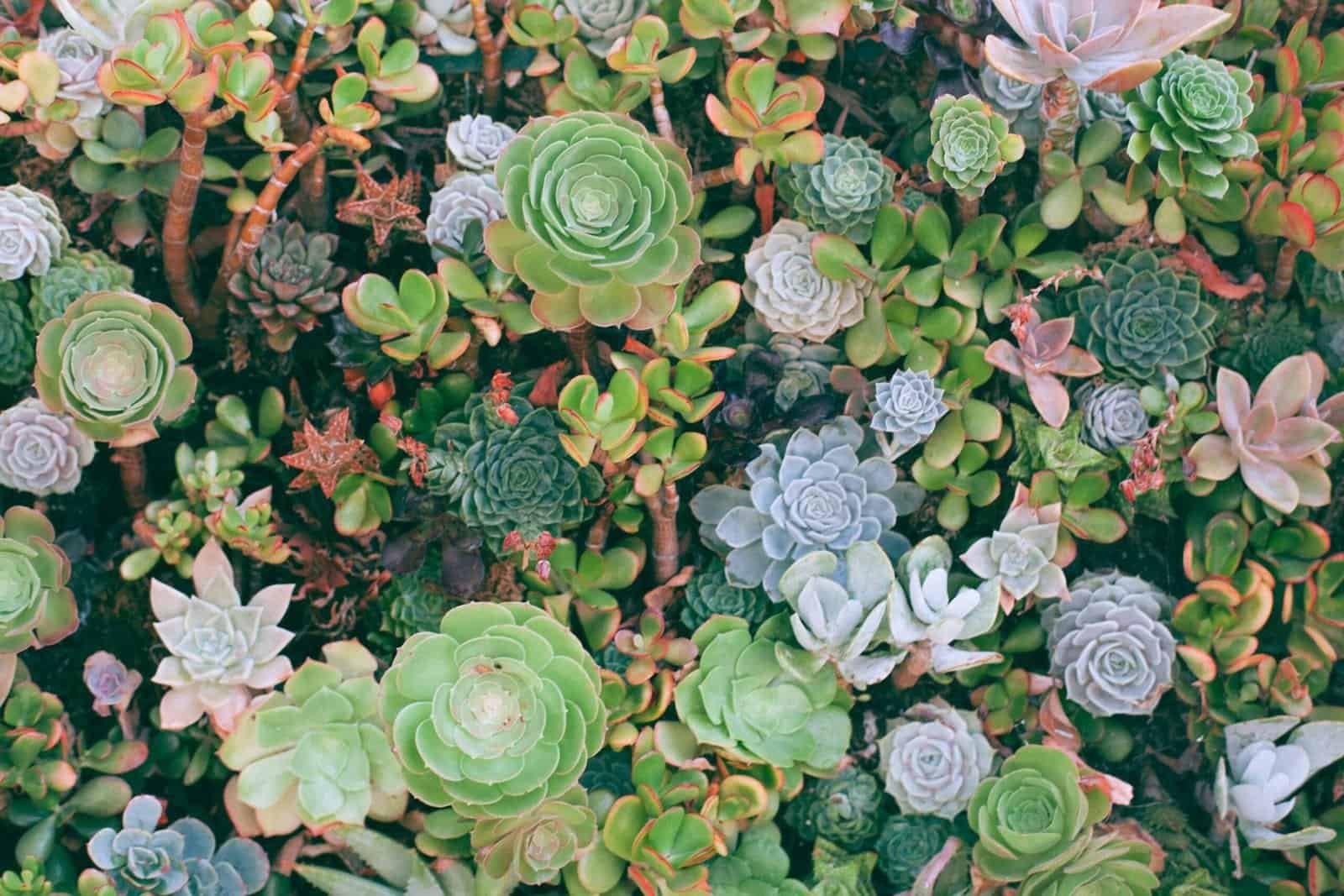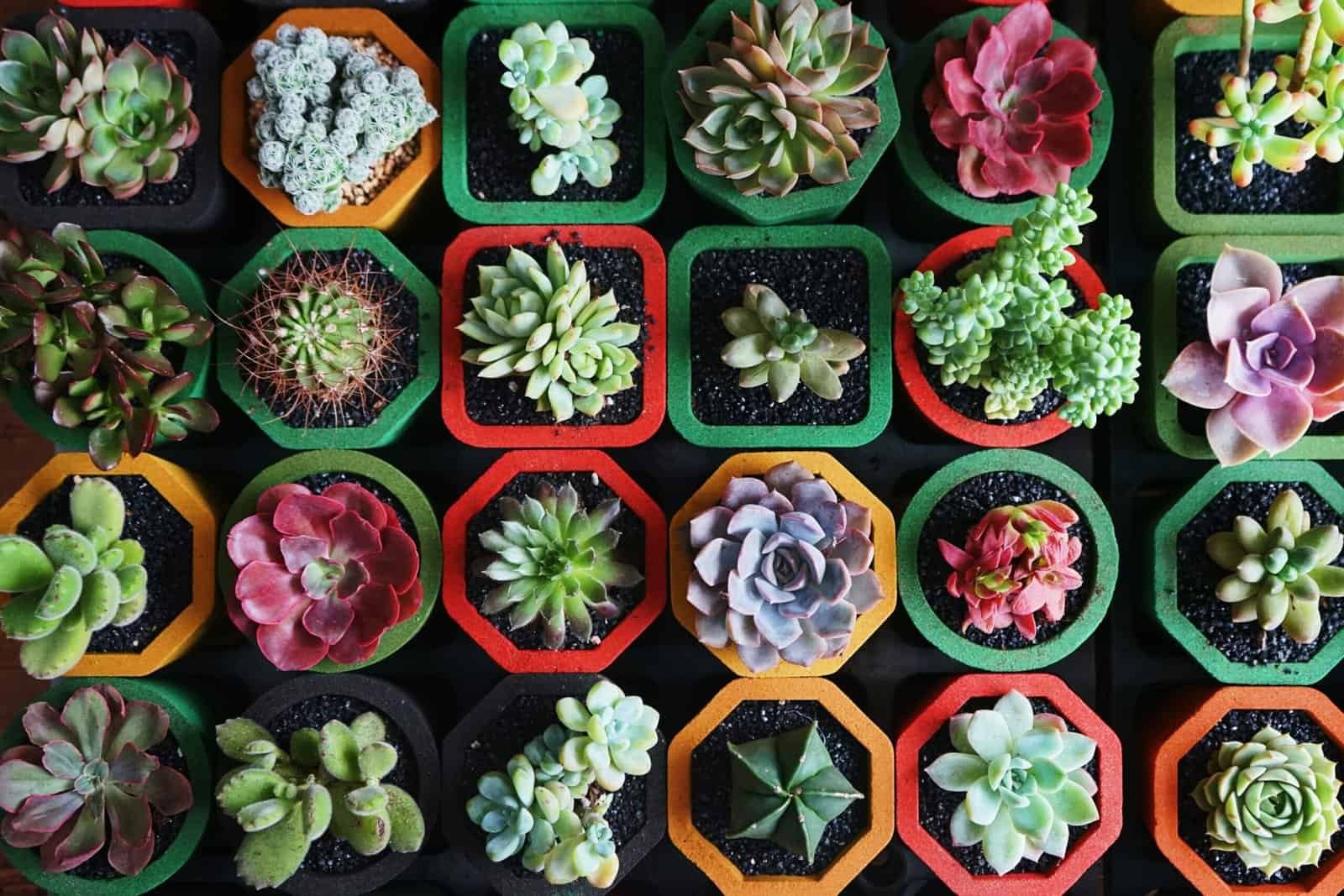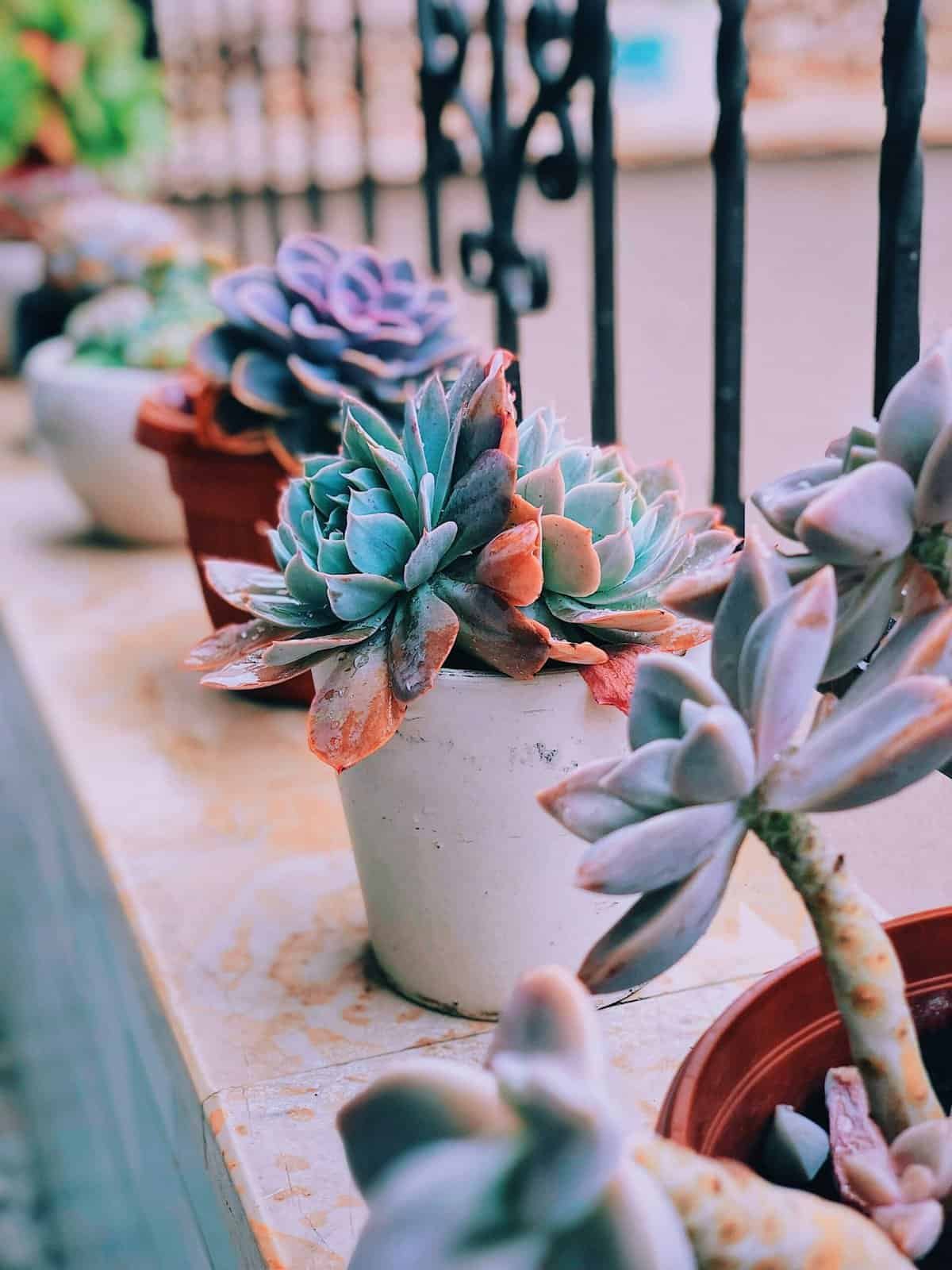Have you ever wondered how you can bring a bit of the desert into your greenhouse and enjoy the benefits of growing your own Nopal cactus? Nopal cacti not only add a unique aesthetic touch to your plant collection but can also reward you with edible pads and vibrant flowers. Growing them in a greenhouse allows you to create a controlled environment, safeguarding your plants from extreme weather conditions and pests that typically pose challenges to cactus care.
Understanding Nopal Cactus
Growing Nopal cactus requires a basic understanding of its natural habitat and care requirements. Originating from arid regions of Mexico, these hardy cacti have adapted to survive in harsh conditions. Here, we’ll cover the essential aspects of the Nopal cactus, so you’re well-prepared to care for it in your greenhouse.
What is a Nopal Cactus?
Nopal cactus, also known as the prickly pear cactus, belongs to the Opuntia genus. It is characterized by its flat, paddled stems, which may carry sharp spines or be spineless. These pads are not just the source of the cactus’s characteristic look, but they’re also edible and packed with nutrients.
Benefits of Growing Nopal Cactus
Whether you’re interested in expanding your culinary horizons or improving your greenhouse’s biodiversity, the Nopal cactus offers a range of benefits. First and foremost, it’s a highly resilient plant that can withstand various adversities. Additionally, the edible pads are rich in fiber, vitamins, and antioxidants, making them a nutritious addition to your diet.
Setting Up Your Greenhouse for Nopal Cactus
A greenhouse provides an excellent environment for cultivating Nopal cacti, as you can customize conditions to meet their specific needs. Here are the key factors to consider when preparing your greenhouse for these resilient plants.
Location and Size of the Greenhouse
Choosing the right location and size for your greenhouse is crucial for the successful growth of your Nopal cactus. Your greenhouse should receive ample sunlight throughout the day, ideally situated in a place with southern or western exposure to maximize sunlight capture.
Greenhouse Size Considerations
| Requirement | Description |
|---|---|
| Space for Growth | Ensure you have adequate space for your Nopal cactus to expand horizontally, as some species can grow quite wide. |
| Height | Consider the height of the greenhouse if you plan to allow your cacti to grow tall. Some Nopal species can reach impressive heights. |
| Ventilation | Sufficient ventilation is vital for air circulation, which helps prevent fungal issues and ensures a healthy environment. |
Soil Conditions
Nopal cacti thrive in well-draining soil. Mimicking their natural desert environment is crucial to avoid excessive moisture, which can lead to root rot. A gritty mix consisting of potting soil, sand, and perlite ensures proper drainage.
Controlling Temperature and Humidity
Temperature control is vital for maintaining the health of your Nopal cactus. These plants prefer warm temperatures and can tolerate high heat levels. However, to prevent heat stress on extremely hot days, ensure your greenhouse has a cooling method, such as shade cloths or ventilation. Likewise, maintaining low humidity levels will mimic the cactus’s desert origins, reducing the chance of fungal problems.

Planting Nopal Cactus in a Greenhouse
With your greenhouse set up, the exciting task of planting Nopal cacti begins. This process requires care and attention to help establish robust, flourishing plants.
Choosing the Right Variety
Selecting a Nopal cactus variety that aligns with your preferences and greenhouse conditions is essential. Some varieties produce tastier pads or more vibrant flowers. Consider factors such as climate compatibility, growth habits, and personal preferences for color and taste.
Planting Steps
Propagation Methods
Nopal cacti can be propagated through seeds or pads, also known as cladodes. Using pads is the more common and straightforward method. Here’s how to do it:
- Select a Healthy Pad: Choose a mature, healthy pad from the parent cactus, ideally during the growing season.
- Remove and Cure: Carefully detach the pad and allow its end to callus over for a week or two, preventing rot.
- Planting: Moisten your soil mix lightly, plant the pad upright about an inch deep, ensuring it stands straight.
Watering Guidelines
Watering is a critical component of cactus care. Young Nopal cacti, especially during their initial growth phase, require consistent moisture. However, always allow the soil to dry out completely between waterings to mimic their natural conditions.
Maintaining Healthy Growth
The key to a thriving Nopal cactus in your greenhouse involves ongoing care tailored to its specific needs. This includes monitoring for pests, pruning, and ensuring optimal growth conditions.
Pest Management
Despite their hardy nature, even Nopal cacti can fall prey to pests. Common issues include scale insects and spider mites. Regular inspection and prompt treatment with insecticidal soap or a strong stream of water can help manage these pests and keep your cacti healthy.
Pruning and Maintenance
Pruning helps maintain the desired shape of your cactus and ensures healthy growth. Regularly remove dead or damaged pads, allowing new growth to flourish. Use sanitized shears to prevent the spread of disease.
Fertilization
While Nopal cacti can survive in nutrient-poor conditions, occasional fertilization during the growing season can promote healthier and faster growth. A balanced, slow-release fertilizer will suffice, applied sparingly to avoid nutrient burn.

Harvesting and Utilizing Nopal Cactus Pads
Once your Nopal cactus is thriving, you’ll likely be eager to harvest and enjoy the pads. Here, we’ll discuss the proper methods to ensure you get the most out of your plant.
When and How to Harvest
Timing is crucial for harvesting the best-quality Nopal pads. Typically, young pads, about 4-8 inches long, are less fibrous and more tender, making them ideal for culinary uses. Use a sharp knife to cut the pads from the plant, taking care to avoid damaging the main stem.
Culinary Uses
Nopal pads are versatile in the kitchen. They can be grilled, boiled, sautéed, or added fresh to salads. Their unique tart flavor and crisp texture make them a favorite for adding a new twist to traditional dishes.
Troubleshooting Common Issues
Even with the most attentive care, challenges can arise. Here are solutions to some common issues encountered when growing Nopal cactus in a greenhouse.
Overwatering
Overwatering is a common mistake, often leading to root rot. If you notice yellowing pads and soft spots, reduce watering frequency and improve drainage to allow the soil to dry thoroughly.
Sunburn
Despite their love for sunlight, Nopal cactus pads can suffer from sunburn if exposed to intense, direct sunlight without acclimatization. Using a shade cloth or gradually increasing light exposure can help prevent this issue.
Growth Stagnation
If your cactus isn’t growing, it might be due to poor soil quality, lack of sunlight, or insufficient nutrients. Consider adjusting the soil mix, moving the cactus to a brighter location, or applying a balanced fertilizer to stimulate growth.

Conclusion
Growing Nopal cactus in a greenhouse is a rewarding endeavor, offering both aesthetic and culinary benefits. By understanding their natural habitat and providing a conducive environment within your greenhouse, you’ll cultivate healthy, productive plants. With regular care and attention, your Nopal cacti can thrive, offering you a taste of the desert from the comfort of your home. Whether you’re harvesting fresh pads for your favorite recipes or simply enjoying their striking appearance, Nopal cacti are a delightful addition to any greenhouse enthusiast’s collection. Happy planting!

